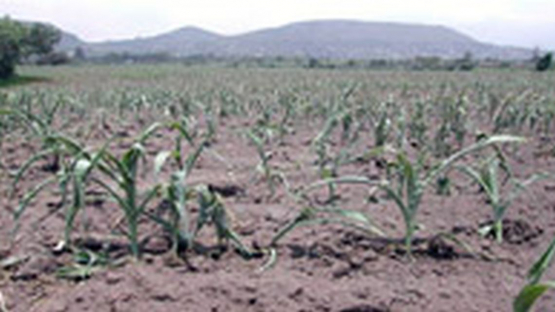Land and water management highlights

Technologies and Practices for Sustainable Use and Management of Water in Agriculture
With increasing water shortages in many parts of the world, the SWMCN Subprogramme aims at developing isotope based methodologies to measure and improve crop water productivity (more crops per drop).

Integrated Soil-Plant Approaches to Increase Crop Productivity in Harsh Environments
Many countries have weather patterns and soil characteristics that place major constraint on food production systems over large tracts of land.

Promoting Sustainable Intensification of Agricultural Dryland Production and Combating Desertification in the Sahel
Four West African Sahel countries (Burkina Faso, Mali, Niger and Senegal) and two East African countries (Kenya and Tanzania) joined efforts in a cooperative venture under the IAEA regional TC project RAF/5/048 to combate desertification in dryland agriculture.

Saving Millions of Tons of Agricultural Topsoil in China and Enhancing Livelihoods and Water Quality
China is one of the countries suffering from the most serious soil erosion in the world.

Sustainable Land Use and Water Management on Reducing Soil Erosion & Improving Soil and Water Quality
The applications of nuclear techniques have significantly achieved social and economical benefits when soil erosion is reduced, as observed in the recently completed regional project RAS5039 in East Asia and the Pacific region on developing sustainable land and water management strategies using fallout radionuclides for reducing soil erosion and improving soil and water quality.

More Crop per Drop and Better Environment - Success Story of Drip Irrigation and Fertigation in Türkiye
The Nigde-Nevsehir Region in Türkiye accounts for more than 1/3 of Türkiyey's potato production (1.2 million tons). Sprinkler and basin irrigation systems have been used for potato growing in the past in this light-textured soil region.

Combating Desertification in Agricultural Drylands
Agricultural dry lands constitute approximately 42% of the total arable land in Zimbabwe. However, large proportions of these dry lands are subject to various degrees of land degradation, which reduces the social and biological potential of the land and increases the effects of desertification.

Chile´s Blueberries Bloom
The next time you bite into a juicy blueberry, chances are it comes from Chile, the world's third biggest producer. It might even be grown using IAEA "know-how" that is helping Chile´s farmers use less water and fertilizer, stop soil degradation and boost harvests.
- ‹ previous
- 2 of 2

